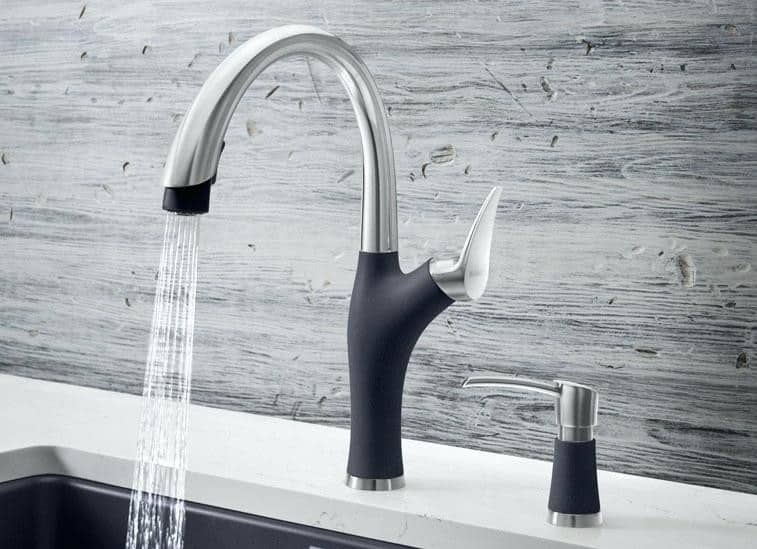
Bathroom And Kitchen Faucet: Understand How To Fix It
A leaky faucet is not only irritating; it can stain your sink and waste tens of gallons of water every day. Most likely, the solution is simple – change the washer or cartridge. You need to depend on the type of faucet (as you can see in the image below). So how about learning how the bathroom and kitchen faucet works and solving the problem yourself?
Mainly in traditional types, turning the faucet handle turns a rod that presses a rubber washer against the faucet’s bottom, or seat, to control the water flow. More modern faucets let the water through with just a quarter of a turn. They use ceramic plates installed inside the cartridge to control the flow.
See below the step by step to fix the main types of bathroom and kitchen faucets:
- Start By Ceasing The Flow Of Water
Shut off the water flow unless there isn’t; in that case, drain the system. Then open the faucet to drain off any remaining water and cover the sink to catch small parts that might fall out of the faucet during the repair. Learn more about water leakages and common fixes at https://www.homees.co/
- Time For Tools
Remove the top cover of the faucet with a flat-blade screwdriver. Remove the screw holding the handle to the stem. Up-stem faucets have a metal cover over the bonnet; unscrew it using a spanner. Wrap a cloth around the metal cover to protect it from scratches.
- Watch The Nut
You will see a nut. On quarter-turn taps, it holds the cartridge containing the ceramic discs. On conventional washer taps, this is the castle nut. Holding the faucet spout firmly with one hand, use a spanner to loosen the nut. It rotates counterclockwise.
- Next Step: The Castle/Cartridge
Remove bonnet/cartridge. If it’s a quarter-turn faucet, go to a specialty store and buy a replacement. Specify whether it is for hot or cold-water tap – the left and suitable cartridges are different. If the faucet has a rubber washer, you will see it at the end of the stem; she puts pressure on, but sometimes it’s held by a little sow. Loosen or remove the washer and fit a new one (take the old one to a home improvement or hardware store if you are unsure of the size). If there is no replacement part on hand and the washer appears intact with no cracks, turn it over for an instant repair.
- Reassemble The Bathroom Or Kitchen Faucet
If there is still a leak detection or a problem with the faucet, call a specialist.








